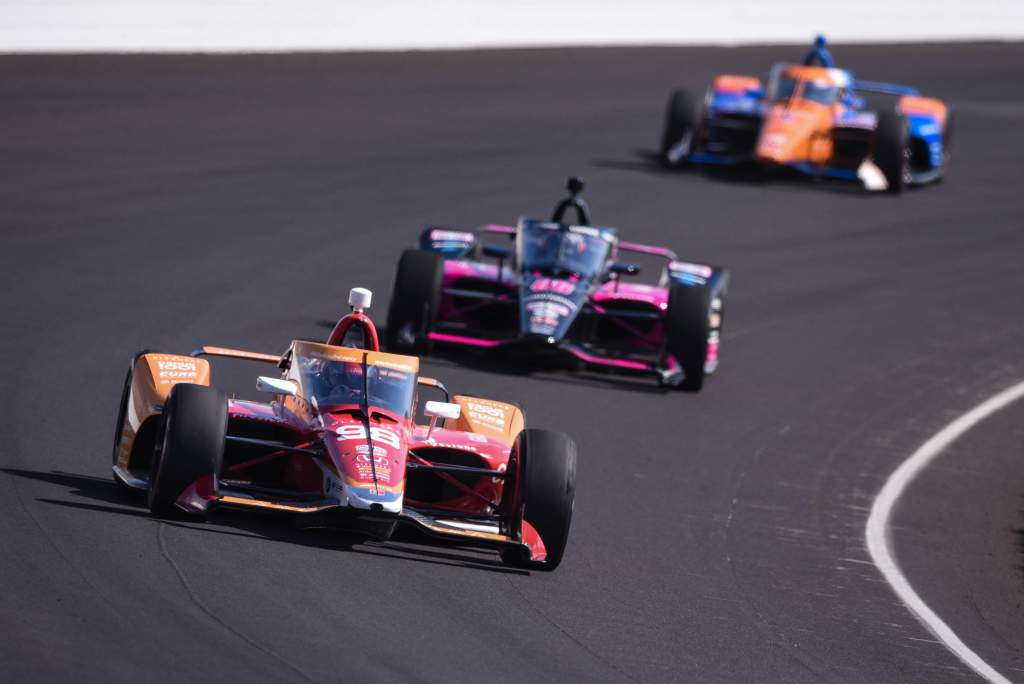It’s here, one of the biggest events of the motorsport year, the Indianapolis 500.
It’s an event steeped in tradition and one that features a long and relatively complicated schedule (though a shorter one that in the days when the ‘Month of May’ really was a full month on track), so if you’re unsure of what to look for in this year’s event, The Race has you covered.
We’ve outlined the schedule for each day, given an outline of what to expect and look for, and also provided the latest entry list with some notes on who’s new and returning for IndyCar’s blue-riband event.
Schedule
Tuesday May 18
Oval veterans practice 1000-1200hrs ET
Rookie orientation & refreshers 1200-1400hrs ET
Open practice 1500-1800hrs ET
For returning ‘veterans’ who aren’t part of the full-time IndyCar Series, and for rookies new to the championship, a refresher/rookie orientation is required where drivers are asked to run consistent times within a speed window, gradually getting faster until somewhat near a regular Indy 500 pace.
JR Hildebrand, Stefan Wilson and RC Enerson are eligible for orientation. For Enerson as a rookie, the speed phases will be 10 laps at 205-210mph, 15 laps at 210-215mph and 15 laps at more than 215mph, while the other two, as returning drivers who haven’t competed in an IndyCar race in the last six months, will just have to complete the final phase twice.
Many returning drivers and rookies already taken care of orientation at the Indy 500 test just before the IndyCar season opened in March.
The end of the afternoon is the first full practice session since that open test, where all drivers and teams can shake off any rust and begin to execute their run-plans.
Wednesday-Thursday May 19-20
Practice 1200-1800hrs ET
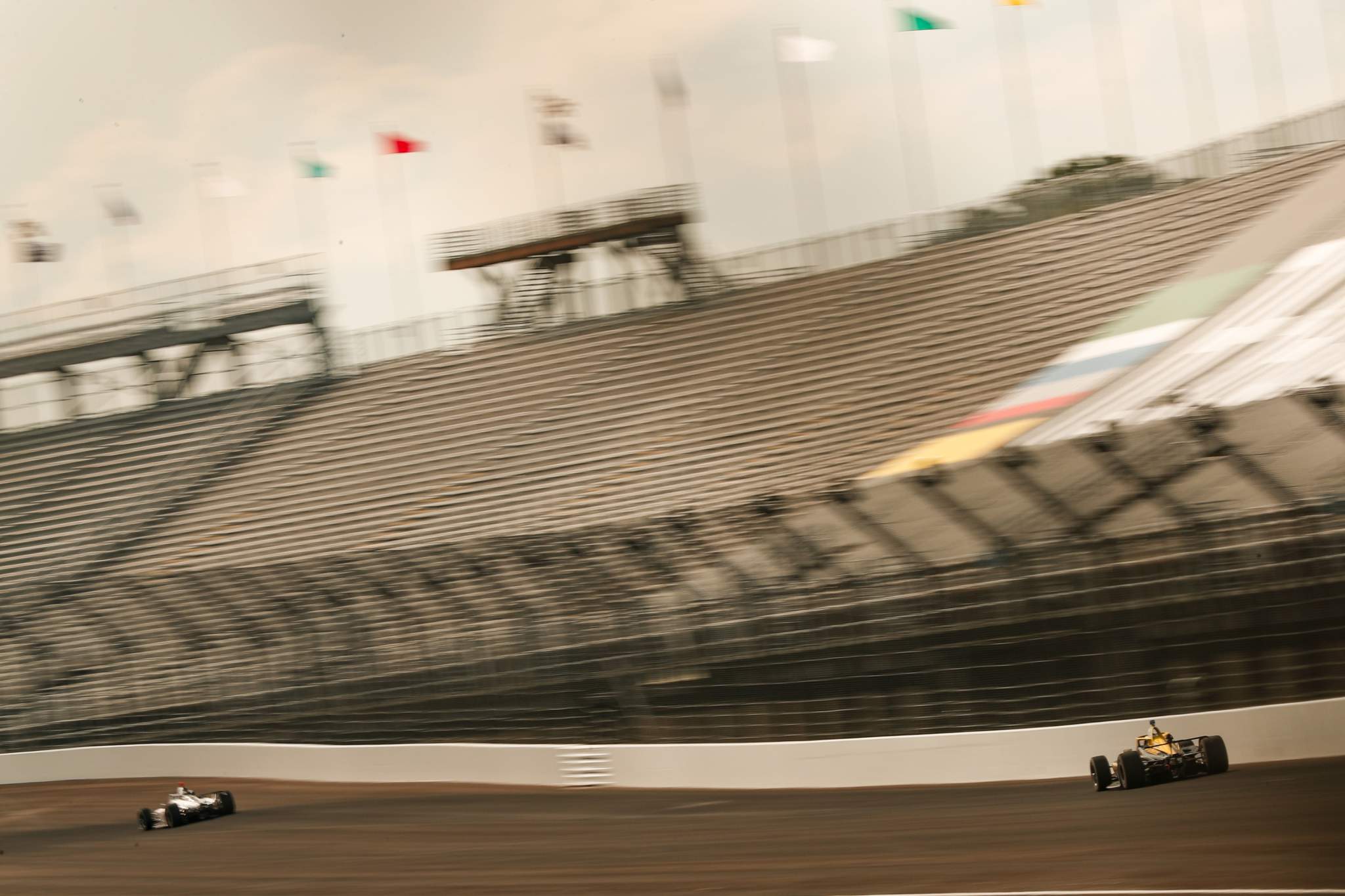
This is the meat of the Indy 500 practice, and we’ll get a host of different approaches. Some teams will run qualifying simulations immediately, some will go into race set-up work and bigger teams may split two cars each to focus on qualifying and race respectively. These two days are purely focused on practice and the teams have total freedom over what they do.
Fast Friday May 21
Practice 1200-1800hrs ET
In terms of practice, this is about as exciting as it gets. It’s where all teams practice qualifying runs and Indianapolis provides a ‘no tow speed’ which records drivers’ best laps without a slipstream, relevant for the four-lap run they’ll do in qualifying.
Saturday May 22
Practice 0930-1030hrs ET
Qualifying 1200-1750hrs ET
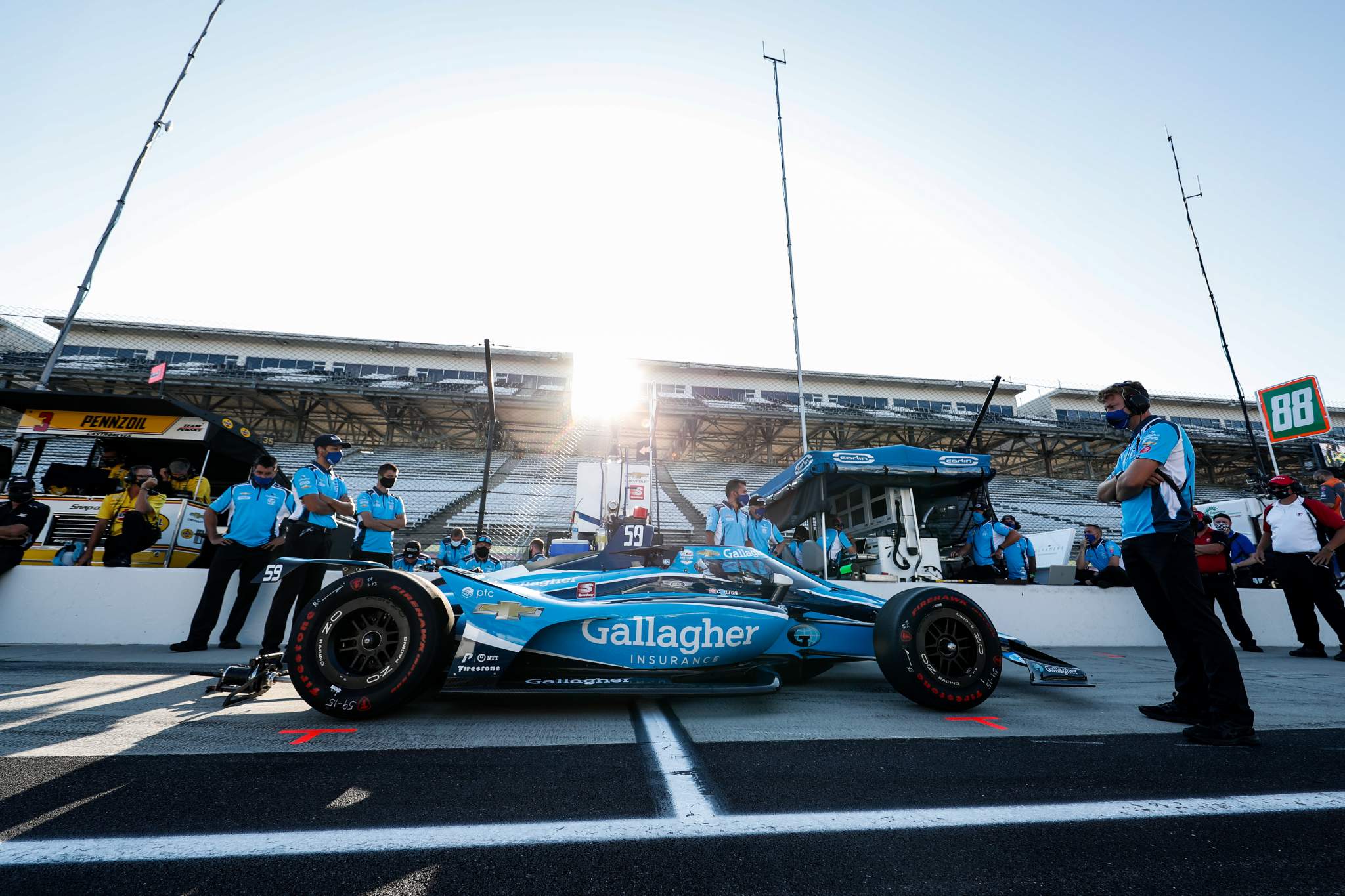
The practice opening the day is the last chance to get on track before qualifying begins at noon.
Each driver is given a number at random to decide the order in which cars will line up to attempt a four-lap qualifying run, with the average speed taken rather than the combined lap time.
Every entry is guaranteed one run. Once all of the allotted runs are complete, drivers can line up at the end of pitlane to go for another attempt to improve their qualifying lap.
By the end of the day the fastest nine cars go through to fight for pole, while cars 31-35 go into ‘Last Row’ qualifying commonly known as ‘Bump Day’ where car(s) are bumped from the field and won’t make the start. Only 33 cars can qualify.
For drivers in positions 10-30 at the end of Saturday, their Indy 500 grid slot is set.
Sunday May 23
Last row qualifying 1330-1430hrs ET
Fast Nine 1430-1630hrs ET
Practice 1630-1900hrs ET
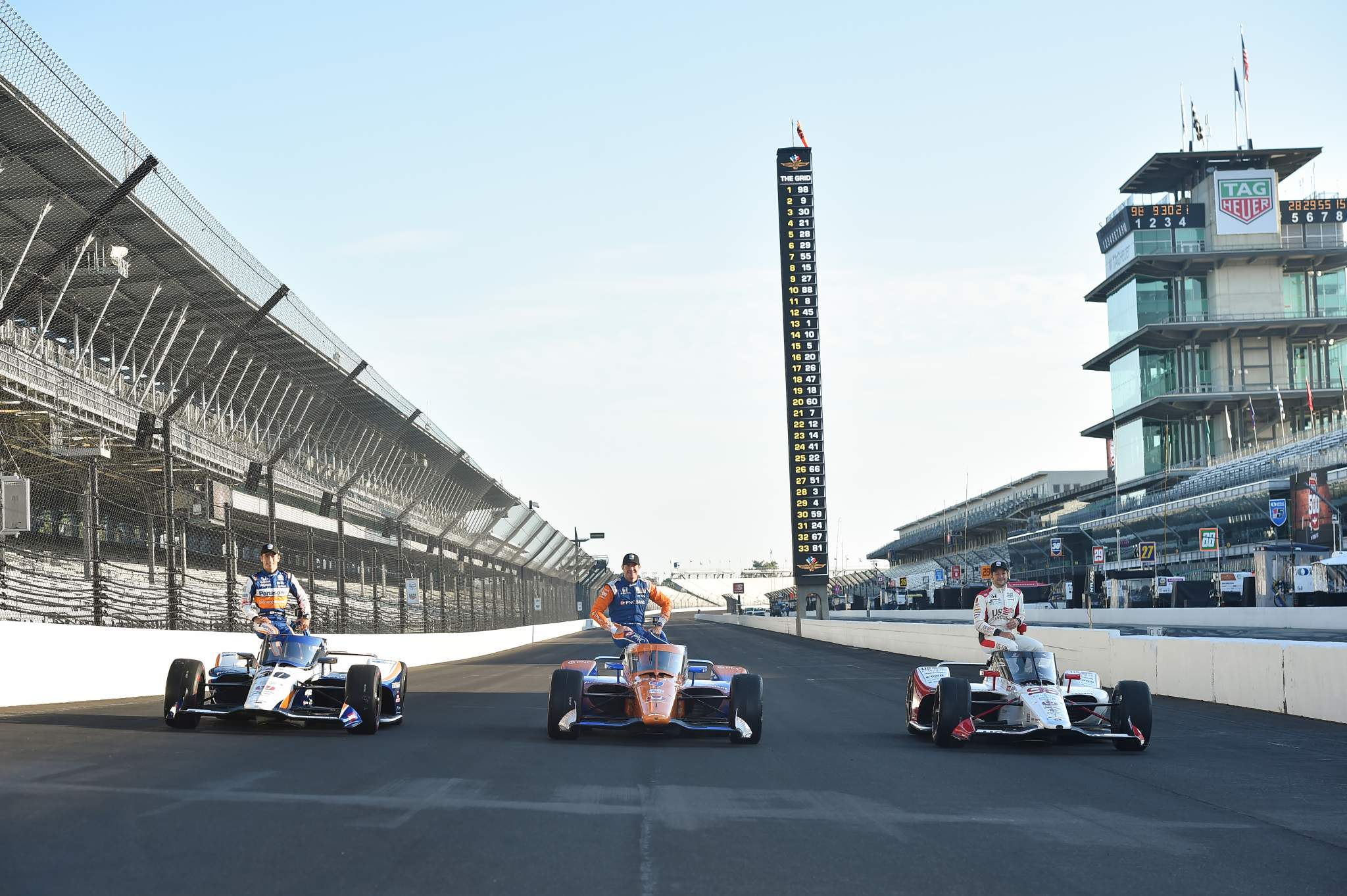
‘Last Row’ qualifying will decide which two cars don’t make the field and the order from 31st to 33rd, while ‘Fast Nine’ decides the prestigious front row and pole winner, and the rest of the top nine.
The full-field practice session to conclude the day is the last on-track activity before Carb Day on Friday.
Friday May 28
Carb Day practice 1100-1300hrs ET
No car with a carburettor has raced in the Indy 500 since 1963, but prior to that the last Friday before the 500 would be used to tune carburettors ahead of Sunday’s race. Indy loves tradition, so the name has stuck until today.
You’ll get a mixture of strategies here but it’s usually a fairly laidback affair compared to the previous week, as no one wants to have survived qualifying and a week of practice smoothly only to crash on the Friday before the race.
However, some teams will need the running, perhaps after crashing in qualifying and this is the only chance to bed the car in, or those who know their set-up isn’t good enough may have to go hard at it to rectify the situation.
Sunday May 30
The race 1225hrs ET
Entry list
AJ Foyt Enterprises (Chevrolet)
Sebastien Bourdais, JR Hildebrand, Dalton Kellett, Charlie Kimball
Andretti Autosport (Honda)
Marco Andretti, Colton Herta, James Hinchcliffe, Ryan Hunter-Reay, Alexander Rossi, Stefan Wilson
Arrow McLaren SP (Chevrolet)
Juan Pablo Montoya, Pato O’Ward, Felix Rosenqvist
Carlin (Chevrolet)
Max Chilton
Chip Ganassi Racing (Honda)
Scott Dixon, Marcus Ericsson, Alex Palou, Tony Kanaan
Dale Coyne Racing (Honda)
Pietro Fittipaldi, Ed Jones
Dreyer & Reinbold Racing (Chevrolet)
Sage Karam
Ed Carpenter Racing (Chevrolet)
Ed Carpenter, Conor Daly, Rinus VeeKay
Meyer Shank Racing (Honda)
Helio Castroneves, Jack Harvey
Paretta Autosports (Chevrolet)
Simona de Silvestro
Rahal Letterman Lanigan (Honda)
Santino Ferrucci, Graham Rahal, Takuma Sato
Team Penske (Chevrolet)
Scott McLaughlin, Josef Newgarden, Simon Pagenaud, Will Power
Top Gun Racing (Chevrolet)
RC Enerson
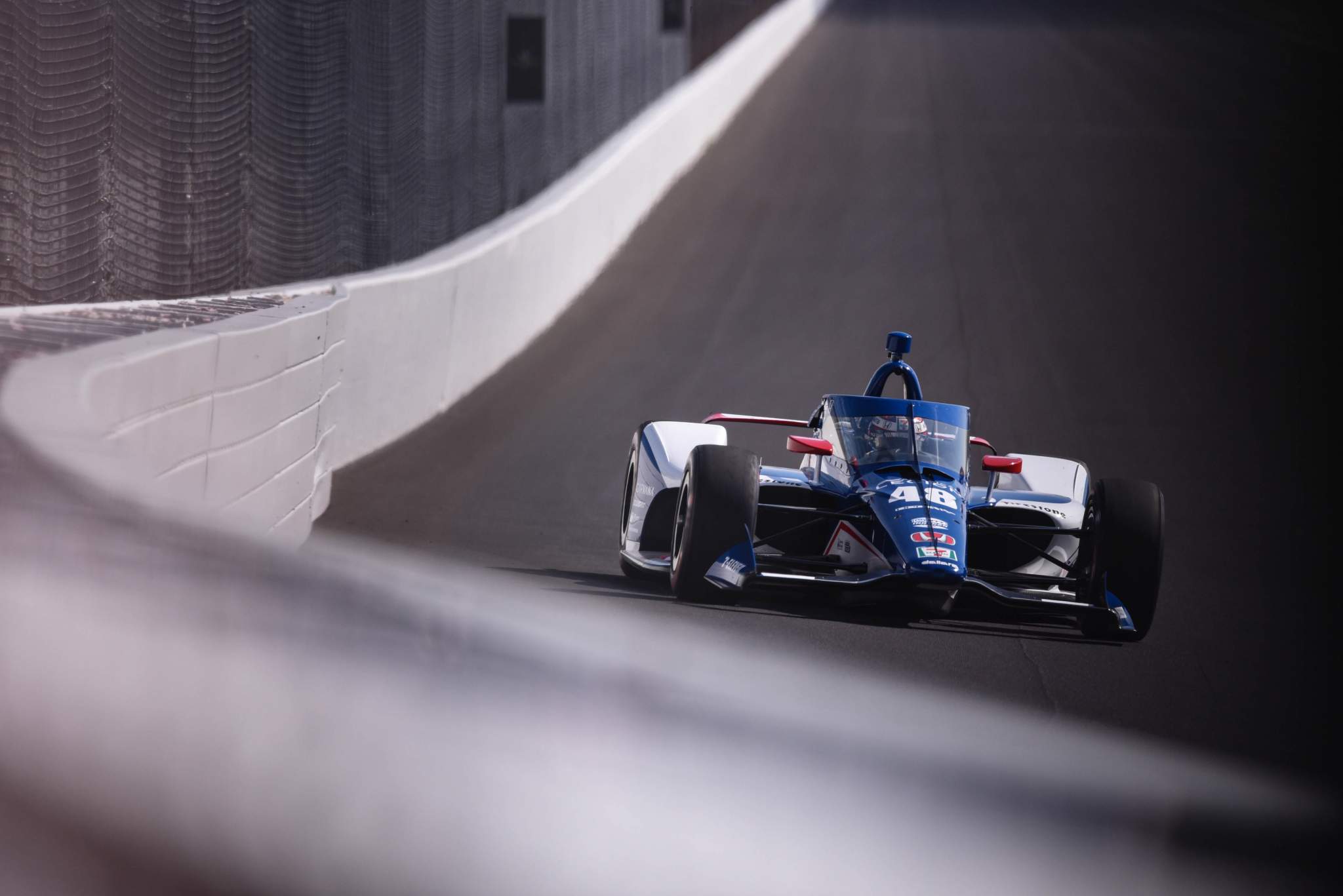
In terms of changes for Indy at IndyCar’s ‘big three’ teams, Tony Kanaan returns to the #48 to replace Jimmie Johnson for the oval races, and Marco Andretti and Stefan Wilson join Andretti as that team expands to six cars for this event.
Arrow McLaren SP has filled its Fernando Alonso gap with Juan Pablo Montoya, the two-time winner starting only his sixth 500.
Fellow frontrunning team Rahal Letterman Lanigan, which won the event last year with Takuma Sato, has signed IndyCar returnee Santino Ferrucci – who was brilliant at the 500 in his two attempts with Dale Coyne Racing before he left for NASCAR.
Speaking of Coyne, Pietro Fittipaldi takes over the #51 from Romain Grosjean, and gets to start his first 500. He was robbed of the chance to do so in his 2018 rookie season thanks to a crash in the World Endurance Championship at Spa that caused significant injuries.
Over at Ed Carpenter Racing the team expands to three cars as usual, with team owner Ed Carpenter doing all the oval races this year.
Also expanding is Meyer Shank Racing, which runs a second car for the first time, adding event legend Helio Castroneves to its line-up for his first 500 away from Penske.
AJ Foyt Enterprises has four cars, adding Charlie Kimball and The Race IndyCar Podcast co-host JR Hildebrand to its regular line-up. It’s had a resurgent 2021 so far spearheaded by Sebastien Bourdais.
Dreyer & Reinbold Racing returns, but with usual driver Hildebrand off to Foyt it just has the one car for Sage Karam this year.
There are two new teams on the grid. Paretta Autosport arrives with the aim of inspiring female participation in all aspects of motorsport, and it’s set up to be extremely competitive on track with tech support from Team Penske and with 2011 event rookie of the year Simona de Silvestro behind the wheel.
A final late entry came from Top Gun Racing – headed by four-time IndyCar starter RC Enerson, attempting his first 500.

